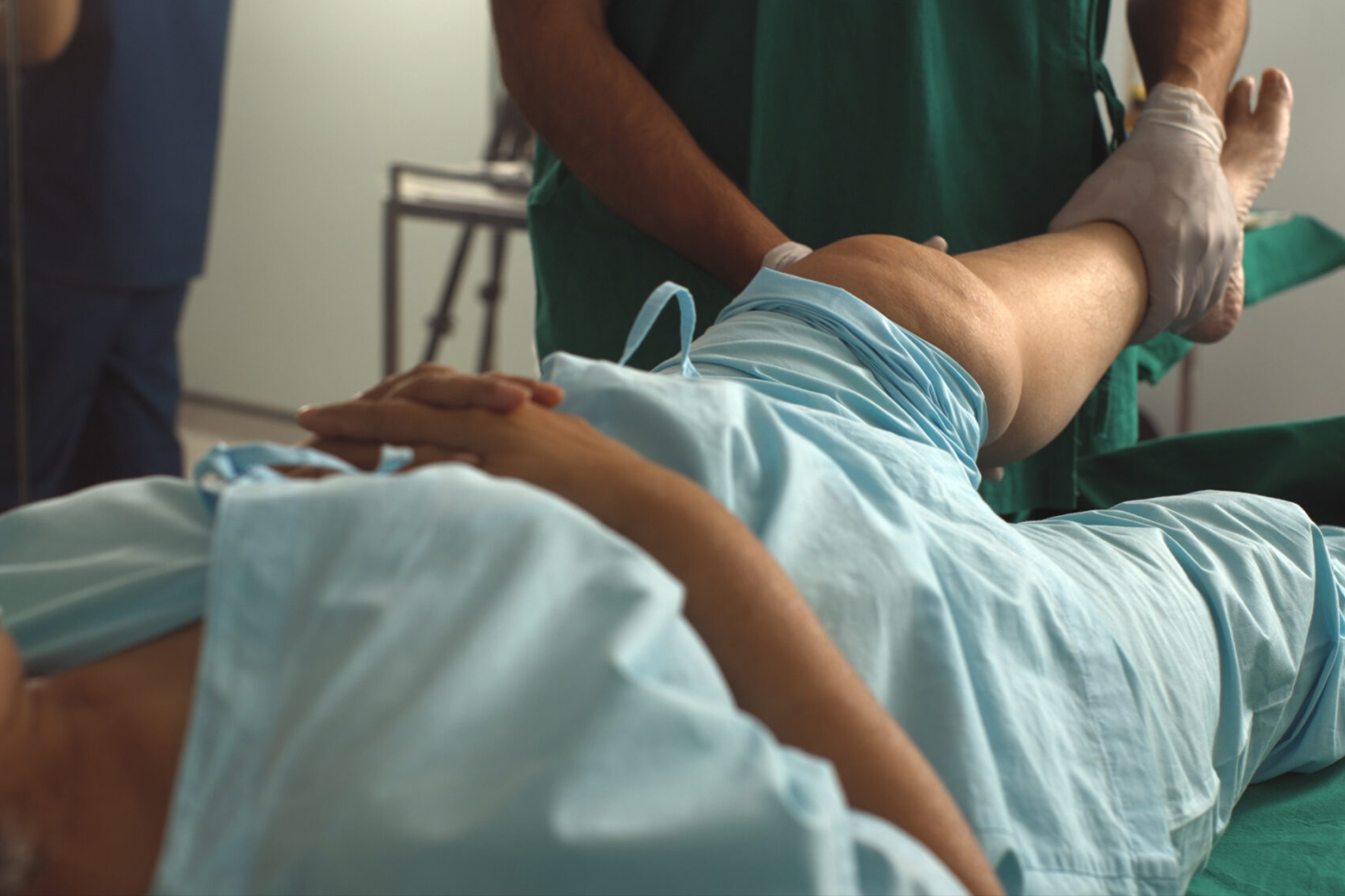
Could Cartilage Transplantation Be the Answer to Your Joint Pain?
You’re mid-run, hitting your stride, when you feel it: a sharp, grinding pain deep inside your knee. At first, you brush it off, thinking it’s just soreness or a pulled muscle. But over the next few days, even simple movements like stepping off a curb or bending to tie your shoes send jolts of discomfort through your joint. What you can’t see is that the smooth cartilage protecting your bones has been damaged, and unlike a bruise or a sprain, it won’t heal on its own.
For years, that kind of injury often meant a lifetime of managing pain and gradually losing mobility. Today, however, orthopedic medicine offers a groundbreaking option called cartilage transplantation, a procedure that restores the smooth, gliding surfaces inside your joint so you can move without pain.
What Is Cartilage & Why Does It Matter?
Cartilage is your joints’ built-in shock absorber, a smooth, rubbery layer that cushions the ends of your bones. Every time you walk, run, or even stand up from a chair, cartilage reduces friction, absorbs impact, and helps your bones glide effortlessly against each other.
But here’s the challenge: unlike muscles or skin, cartilage doesn’t have its own blood supply. This means it can’t easily deliver the nutrients it needs to repair itself. So when it’s damaged, the healing process is slow and often incomplete. Over time, even a small area of damage can worsen, leading to persistent pain, stiffness, and in many cases, the early stages of arthritis.
Cartilage Transplantation Explained
Cartilage transplantation is like giving your joint a fresh start. It’s a surgical procedure where damaged cartilage is carefully replaced with healthy tissue, either taken from your own body (autograft) or provided by a donor (allograft).
While the goal is to fill in a gap, it’s also to restore the smooth, protective surface your joint needs to move comfortably and without friction. Think of it as resurfacing a worn-out road. Instead of patching cracks, surgeons rebuild the surface so it’s strong, stable, and ready to handle years of movement.
By replacing damaged cartilage with healthy tissue, this procedure can ease pain, improve mobility, and in many cases, delay or even prevent the need for a full joint replacement.
The Benefits of Cartilage Transplant Surgery
This procedure has several advantages that can make a big difference in your mobility and quality of life:
- Restored joint function: A smooth, healthy cartilage surface allows your joint to move more freely and naturally
- Significant pain relief: Less friction inside the joint often means less discomfort during daily activities and exercise
- Protection against arthritis: Repairing damage early can slow or even prevent further wear on the joint
- Preservation of the natural joint: By restoring cartilage, you may delay or avoid the need for a full joint replacement
How Does a Cartilage Transplant Work?
Cartilage transplantation is a carefully choreographed repair mission inside your joint. While there are different surgical techniques, they all follow a similar game plan, with each step designed to prepare, replace, and protect the new cartilage.
1. Assessment and Imaging
Before surgery, your orthopedic surgeon will examine your joint, often using MRI scans and sometimes arthroscopy, a tiny camera that lets them see inside. This step confirms the extent of the damage and ensures cartilage transplantation is the right treatment for you.
2. Harvesting Healthy Cartilage
If the transplant uses the patient’s own cartilage, a small sample is taken from a non-weight-bearing area of the joint. For donor cartilage, a pre-screened graft is prepared in a tissue bank.
3. Preparation of the Damaged Area
The surgeon carefully removes the damaged cartilage and prepares the underlying bone bed. This creates a clean, stable surface for the transplant to adhere to.
4. Implanting the Cartilage
The healthy cartilage is shaped to fit the defect precisely. Depending on the method, the cartilage may be implanted as:
- Osteochondral grafts (cartilage with attached bone)
- Cell-based implants (lab-grown cartilage cells from the patient’s sample)
The graft is secured in place, and the surgeon ensures it matches the surrounding tissue’s contour for smooth joint movement.
5. Recovery and Rehabilitation
After surgery, patients typically need to protect the joint while it heals, often using crutches for a few weeks. A carefully designed physical therapy program helps restore strength, flexibility, and joint function.
When Is Cartilage Transplantation Recommended?
Cartilage transplantation is typically considered when other treatments like rest, physical therapy, or medication just aren’t enough to relieve pain or restore movement.
It’s most effective for patients with an isolated cartilage defect, meaning the damage is confined to one specific area rather than being caused by widespread arthritis. The surrounding bone should be strong and healthy, giving the new cartilage a stable foundation.
This procedure is often chosen by active individuals who want to maintain a high level of mobility, particularly younger or middle-aged adults hoping to delay or avoid a full joint replacement.
Recovery & Risks: What to Expect
Like any surgery, cartilage transplantation carries some risks—such as infection, joint stiffness from scar tissue, or lingering pain if other structures are damaged—but serious complications are uncommon, especially when the procedure is performed by an experienced orthopedic specialist and paired with a strong rehabilitation plan.
Understanding these risks is important, but equally critical is knowing what recovery will involve. It’s a team effort between you, your surgeon, and your physical therapist, and it requires patience; most people need several months before returning to full activity. The early phase focuses on gentle range-of-motion work to protect the graft, gradually progressing to strengthening and functional exercises that help give your new cartilage the best chance for long-term success.
Moving Toward Pain-Free Movement
Cartilage damage can be life-altering, but it doesn’t have to be permanent. Cartilage transplantation offers a way to restore joint surfaces, relieve pain, and return to an active lifestyle without immediately turning to joint replacement.
At Palmetto Bone & Joint, our team of orthopedic specialists combines advanced technology with years of experience to perform cartilage transplantation using the latest techniques in joint preservation. If you’re struggling with persistent joint pain and wondering if this treatment could help, we’re here to walk you through your options.
Expert Orthopedic Care Throughout the Midlands
With locations in Newberry, Irmo, and Chapin, South Carolina, Palmetto Bone & Joint proudly serves patients throughout the Midlands and surrounding communities.
Our comprehensive orthopedic services range from advanced joint preservation procedures like cartilage transplantation to sports medicine, joint replacement, and rehabilitation, all delivered with a focus on personalized care.
Whether you’re an athlete looking to get back in the game or someone seeking relief from everyday joint pain, our team is committed to helping you move better, feel better, and live without limits. Request an appointment today.



